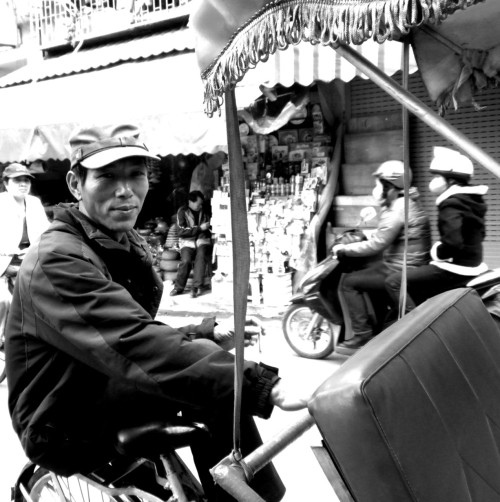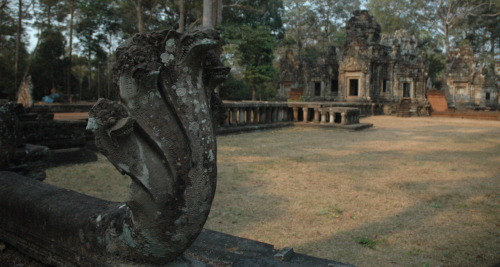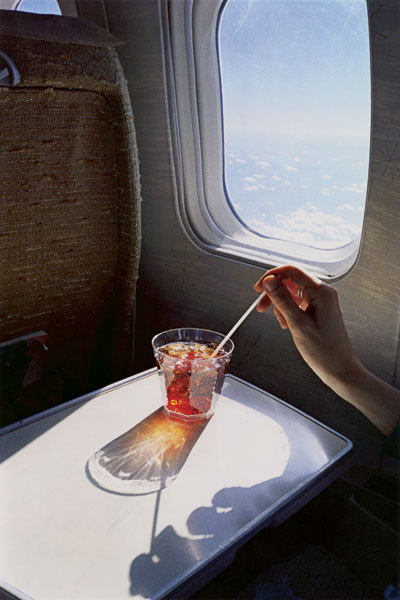Cambodian Living Arts(CLA) is a nonprofit group dedicated to the revitalization of Cambodia’s rich arts and cultural traditions. Founded by Arn Chorn-Pond, a Cambodian-American refugee and human rights leader, in 1998, CLA’s mission is to positively transform Cambodia through the arts. But to fully understand the scope and significance of Cambodian Living Arts, we have to go back in time to the mid 1970s and the bloody reign of the Khmer Rouge. As global attention shifted away from South East Asia following the Vietnam War, in neighboring Cambodia another tragedy was only beginning to unfold. From April 17, 1975 to January 6, 1979, Cambodia was subjected to the brutal tyranny of the Khmer Rouge. In those four years alone, 1.7 million Cambodians were either killed or starved. No family survived unscathed.
The Democratic Kampuchea (the official name of the Khmer Rouge state), lead by Pol Pot or “Brother number One,” originally advertised itself as the savior of the people: ending poverty and taxation rooted in French colonial policy by erasing all economic and class distinctions. In fact, most Cambodians supported the revolution, a movement founded in anti-capitalist and anti-colonial propaganda, which only gained more support as a result of the devastation caused by US air raids during the Vietnam War.
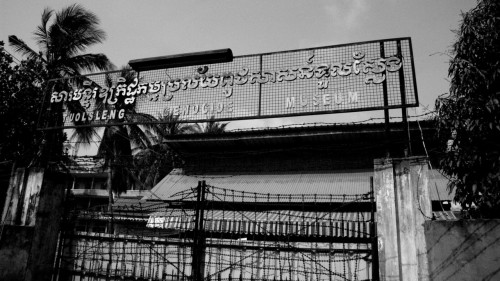
But despite trumpeting itself as a movement of the people, once the Democratic Kampuchea took control of Cambodia, Pol Pot quickly turned against his own. Religion was outlawed, families forcibly separated and intellectuals, artists and politicians persecuted. Under the guise of “rooting out CIA agents,” the Khmer Rouge cleared out the capital city of Phnom Penh and sent all men, women and children to rural work camps. All schools were closed and everyone was forced to either work in the rice fields, or, if you were a “lucky” young boy, join the Khmer Rouge youth military. Following the urban purge, the once thriving capital of Phnom Penh was reduced to a population of only 70 people (all high ranking Khmer Rouge officials—prisoners of war were not counted as human beings).
Under the regime, men, women and children were forced to work 12-14 hour days and fed only two meals to sustain them. A “meal” consisted of one spoonful of porridge or one small bowl of water lily soup. The urban populations, unused to the physical labor and long hours, were the first to die off: succumbing to sickness, malnourishment and exhaustion. My friend Rith, who was 6 years old when “Brother Number One” came to power, recalls his four years in the work camps with a creased and hardened face. “At least one child died each day,” he told me, voice cracking, “how can we survive in such conditions? We cannot!”
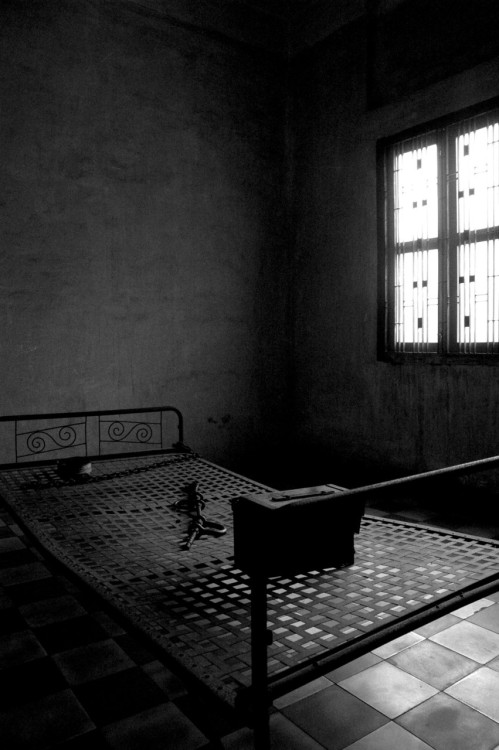
Artists and intellectuals were particularly targeted by the regime, which saw them as a threat to their power. Most were sent to the notorious Tuol Sleng prison (S-21), where they were tortured and then shot; only a handful was kept alive to entertain the officers. At S-21 Suspected “enemies” and “traitors” (principally intellectuals, politicians and artists) were brutally tortured until they “admitted” to having ties with CIA or KGB. Pol Pot wasn’t picky: women and children were also detained at S-21 and tortured under the guise of suspected espionage.
This four-year slaughter effectively robbed Cambodia of its once thriving arts and culture and nearly completely destroyed many of its ancient traditions and art forms. Approximately 90% of Cambodia’s artists were killed under the Democratic Kampuchea and the two decades of economic hardship that followed made it essentially impossible for the remaining masters to survive by teaching and performing. Although it’s been over 30 years since the Vietnamese troops marched on Phnom Penh, calling an end to the Khmer Rouge, the tragedy still lives on and Cambodia’s once rich and diverse arts and oral tradition is still recovering from the devastation.
 |
| Arn Chorn-Pond |
The story of Cambodian Living Arts begins in the midst of Pol Pot’s tyranny. Arn Chorn-Pond, born and raised in a family of musicians, was taken from his home in Battambang and sent to a children’s work camp in 1975. While the majority of his peers died around him, Arn was able to evade death by starvation, over work or execution by playing his flute to entertain the camp’s officials. In 1979 when the Vietnamese stormed Phnom Penh, Arn successfully fled his captors and made it to a refugee camp on the Thai border, where he befriended an aid worker and Lutheran minister, who ultimately adopted him and brought him back to the United States. Educated in the US, Arn began founding a series of organizations to help those affected by the trauma of war. It wasn’t until the mid 1990s that Arn was able to return to Cambodia. On a mission to uncover and restore the musical legacy of his family and heritage, Cambodian Living Arts was founded.
Just as Arn’s musical knowledge literally saved him from death, so the mission of CLA is to resurrect Cambodia through the arts. By revitalizing these almost-lost traditions and teaching them to Cambodian youth, CLA hopes to create “an environment where Cambodian arts empower and transform communities.” Culture is expressed through creative outlets and the dynamism and wealth of Cambodia’s artistic traditions can provide a common ground for the production of a positive cultural identity.
 |
| Cambodia Living Arts, Phnom Penh |
The human tragedy of the Khmer Rouge can never be erased, but it can be learned from. CLA’s goal is that by 2020 Cambodia will once again have a vibrant and dynamic arts tradition, and that this medium for positive development will also inspire other societies around the world. Organizations like CLA bring new hope to Cambodia and all war torn nations. Peace is a process, but it is perhaps the most important one we can undertake. By uniting a country around creativity, we can develop as human beings, living together through peace and understanding, rather than torn apart by hate.









